Atorvastatin and diacerein reduce insulin resistance and increase disease tolerance in rats with sepsis
- PMID: 29760586
- PMCID: PMC5944072
- DOI: 10.1186/s12950-018-0184-9
Atorvastatin and diacerein reduce insulin resistance and increase disease tolerance in rats with sepsis
Abstract
Background: Sepsis is one of the leading causes of death among hospitalized patients. At the onset of this condition, there is an over-production of pro-inflammatory mediators that contribute to organ failure and death. The excess production of pro-inflammatory mediators also impairs insulin signaling, which may be a pathophysiological tissue marker of proinflammatory cytokine action before organ failure. Statins and diacerein have pleiotropic effects, such as the blockage of inflammatory signaling pathways, suggesting that these drugs may be an attractive therapeutic or prophylactic strategy against sepsis. The aim of the present study was to investigate whether a statin or diacerein can improve insulin signaling, disease tolerance and survival in sepsis by inhibiting inflammatory pathways.
Methods: We investigated the effect of these drugs on survival, tissue insulin signaling and inflammatory pathways in the liver and muscle of rats with sepsis induced by cecal ligation and puncture (CLP).
Results: The results showed that administration of medications, with anti-inflammatory ability, to septic animals increased survival and improved disease tolerance and insulin resistance in the liver and muscle. The treatment also attenuated ER stress, NF-κB, JNK activation and restored glucose-6-phosphatase (G6Pase) levels in the liver.
Conclusions: Our results indicate that atorvastatin and diacerein treatment can modulate inflammatory pathways and, in parallel, attenuate insulin resistance in sepsis. Since these two drugs have safety profiles and minimal side effects, we suggest that these drugs may be alternative therapies for the prevention or therapies for the treatment of insulin resistance in sepsis, which could potentially reduce mortality in patients with sepsis.
Keywords: Diacerein; Insulin resistance; Sepsis; Statin.
Conflict of interest statement
All animal protocols of this study were approved by the Animal Care and Use Committee at State University of Campinas (CEUA/UNICAMP 1267-1), and they are by international guidelines for the care and use of experimental animals.Availability of data and material: The datasets used and/or analysed during the current study are available from the corresponding author on reasonable request.The authors declare that they have no competing interests.Springer Nature remains neutral with regard to jurisdictional claims in published maps and institutional affiliations.
Figures
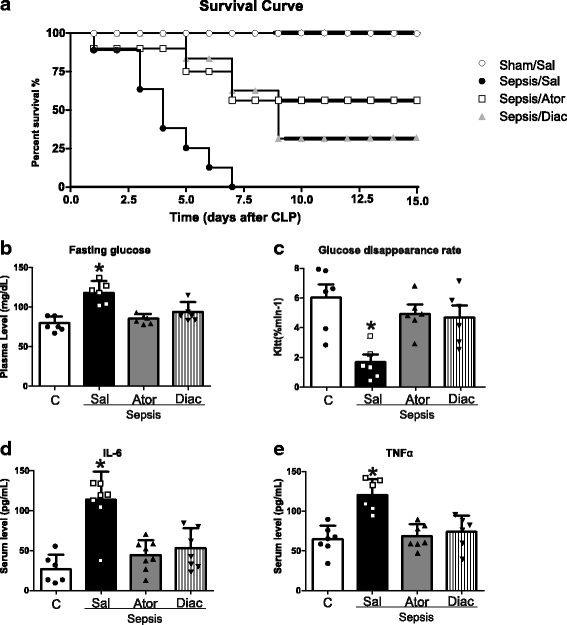
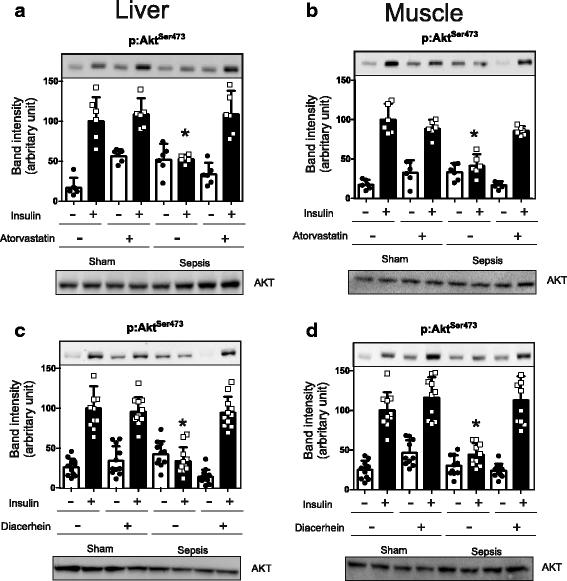
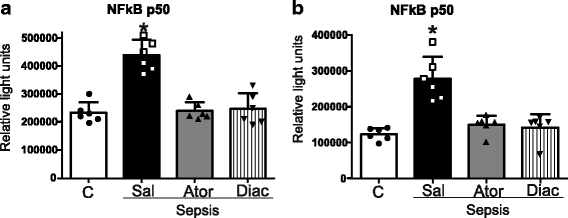
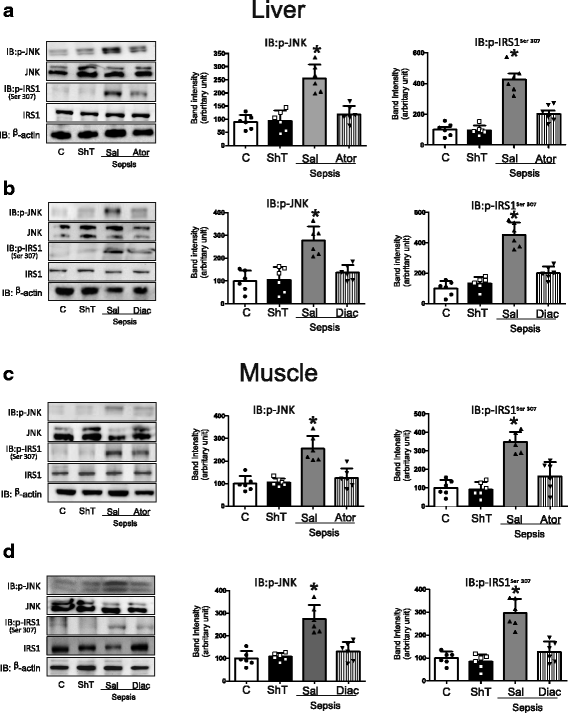
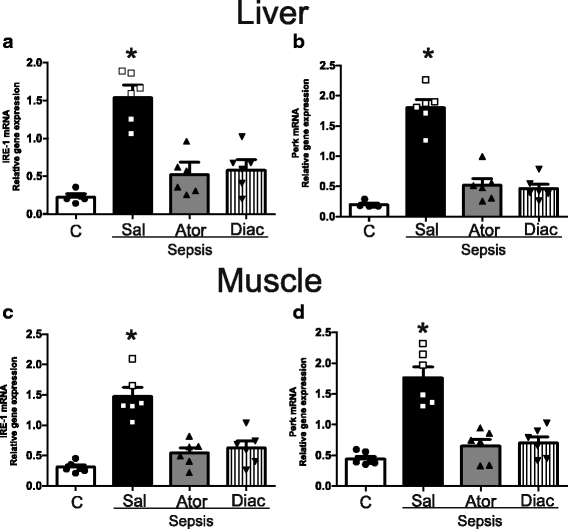
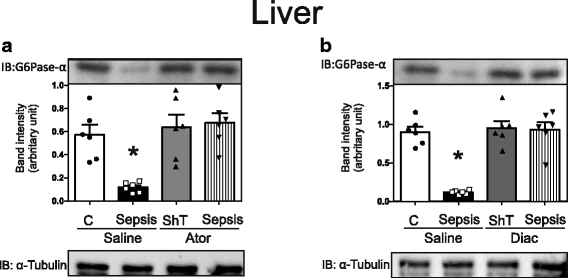
References
LinkOut - more resources
Full Text Sources
Other Literature Sources
Research Materials
Miscellaneous

